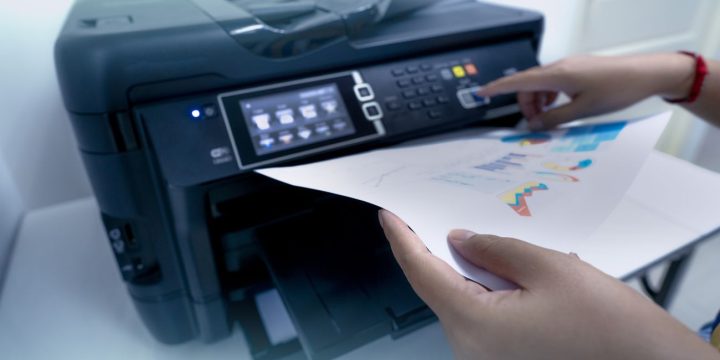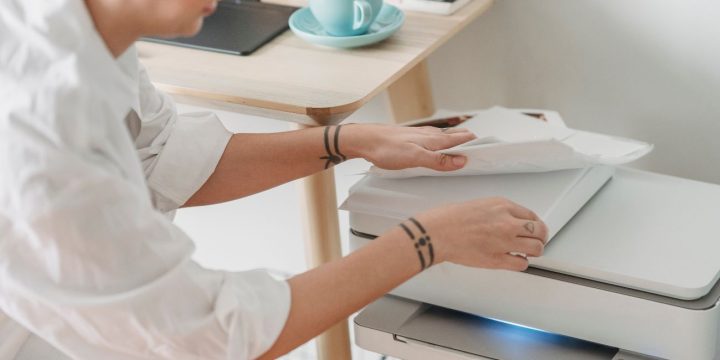Many people print documents every day but still get confused when they see the word “collate” in the printer settings. Whether you’re at home, in school, or in an office, understanding this one feature can save you time and avoid simple printing mistakes.
Here’s what you need to know about collating when printing and how it works.
What “Collate” Means in Printing

In printing, collate means arranging printed pages into a logical sequence. When you print multiple copies of a document with more than one page, collating keeps each copy in the correct order.
For example, if you’re printing three copies of a three-page document:
- Collated output gives you: 1,2,3 — 1,2,3 — 1,2,3
- Uncollated output gives you: 1,1,1 — 2,2,2 — 3,3,3
This matters when you’re handing out documents or stapling them. If the pages are not collated, you’ll have to sort and group them manually, which takes extra time.
Why Collating Matters in Everyday Use
Collation isn’t just for offices or big print jobs. It helps anyone who prints documents regularly.
Think of school packets, client reports, event programs, or legal documents. If you print multiple copies, collated pages come out as full, ready-to-use sets. Without collating, you end up sorting through piles of repeated pages just to reassemble them in the correct order.
This feature is especially useful when time is short or when you’re printing for many people.
When to Collate and When Not To
Whether to collate depends on your purpose. Here are typical situations:
Use collated printing for:
- Classroom handouts with multiple worksheets
- Business reports that need to stay in order
- Training manuals or guides
- Documents that will be stapled or bound
- Packets prepared for meetings or presentations
Use uncollated printing for:
- Single-page flyers
- Bulk forms where every copy is identical
- Documents you’re planning to sort manually later
- Promotional material where pages are distributed separately
Understanding the goal of your print job helps you decide which option works better.
Where to Find the Collate Option?
Collate settings are easy to find but can look a bit different depending on your device or app. In most cases, it’s part of the printing dialog box — the screen that pops up when you hit “Print.”
Here’s how to find it in common tools:
- Microsoft Word: File > Print > Under “Copies,” look for the Collate option, usually shown with icons of stacked pages.
- Google Docs: File > Print > Select “More settings” or open the system dialog to find Collate.
- Adobe Acrobat/Reader: Click Print, choose the number of copies, and then check the Collate box.
- PDF viewers and browser print tools: Most show Collate when multiple copies are selected.
Some printers also let you select collate from the printer’s touchscreen or control panel. If you’re unsure, print a single test set and check the page order.
Common Mistakes (And How to Avoid Them)

Using the wrong setting can cause wasted paper or confusion. These are some of the common mistakes to avoid:
- Printing uncollated by default, then realizing after the job finishes
- Forgetting to check how many copies were set before printing
- Choosing collate for a single-page document (no effect, but unnecessary)
- Using collate with outdated printer drivers that don’t support it
- Assuming collate will work automatically for every app or document type
It’s a small setting, but it can save a lot of time if used right.
What About Double-Sided (Duplex) Printing?
Collating still works with duplex printing, but there’s one thing to remember: page flipping. When you print on both sides of the page, the printer must know how to handle the order and orientation.
Some printers might flip the second page upside-down or print the wrong order if settings are mismatched. Always test with a small document first to be sure your double-sided collated printouts are coming out the way you expect.
If your printer allows you to choose between “flip on long edge” or “flip on short edge,” select based on how your document is meant to be read — like a book or a notepad.
Final Note: Collate to Keep Things Simple
Collate is a quiet helper in your print setup. It doesn’t change the look of your document, but it changes how organized the output is.
If you’re printing documents with more than one page and need several copies, collating saves you the time of sorting pages by hand. Whether you’re printing from Word, Google Docs, or a PDF viewer, taking an extra second to check the collate box can make the entire process smoother.
Printed something uncollated by mistake? Had a frustrating moment with out-of-order pages? Share your tips or questions in the comments — your experience might help someone else print smarter.

